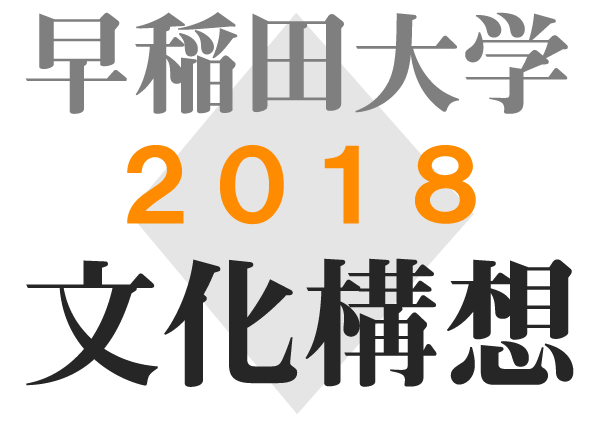Choose the most appropriate sentence from the following list (a-h) for each item (25-31).
(a) European movement in Africa and parts of South East Asia had previously been inhibited by the presence of malaria, a deadly disease transmitted by mosquitoes, for which there was no known cure or means of prevention.
(b) However, the impact of Perkin's mauveine dye on the world was perhaps just as intense as more obviously socially useful inventions.
(c) Indeed, it was such experiments with coal tar, and in the same period with rock oil, that established modern materials and products in a vast number of areas.
(d) In the Roman republic and the empire which followed it, there had been a law that only members of the hereditary upper class, the "patricians", were permitted to wear clothes with purple dye.
(e) The new synthetic products were briefly popular, but after a while people went back to using natural, organic products.
(f) People living near Perkin's factory noticed how the colour of the waters of the canal would change periodically, as different chemical compounds were synthesised.
(g) The problem with vegetative dyes was that they quickly faded and lost colour, and even when new were not particularly bright.
(h) With the inquisitiveness and insight that great inventors have, he took this by-product and looked for ways to use it.
In 1856, William Perkin, an 18-year-old chemist working in London, made an accidental discovery that changed the world. Perkin was working in his home laboratory, experimenting on coal tar residue while trying to find a synthetic equivalent of quinine. Coal tar was the product used for lamplight in many 19th-century homes, and its residue, made up of complex carbon-based compounds, was proving a valuable source of material for the petrochemical synthetics that were just beginning to be discovered by chemists. ( 25 ) All the various plastic materials, solvents and cleaning materials such as soap, medicines, pesticides, fertilizers, explosives, and many more products that we use today come from such hydro-carbon syntheses.
Quinine, the natural product which Perkin was attempting to reproduce synthetically, was an immensely important product in allowing for the spread of imperialism, colonialism and world trade in the 19th century. ( 26 ) Quinine, made from the bark of a South American tree, was the only known prophylactic, but it was in short supply and expensive; thus, a race was on for chemists throughout the world to come up with a synthetic alternative, though it was not until 1934 that an artificial medicine against malaria was developed.
Thus, though Perkin did not discover an alternative to quinine, what he came up with was something even more impressive and world-changing. On that particular day, as he experimented on the carbon compounds, he noticed, a bright light-purple residue. ( 27 ) What he found was that the residue, an aniline compound, made a dye that could colour fabrics and materials without dissolving in water or fading in sunlight. He had created the world's first synthetic dye, a wonderful invention.
Previously, dyes had been either plant-based or derived from a particular sea mollusc. ( 28 ) The other pre-industrial dye came from the murex, a type of sea-snail, and was extremely expensive, as it needed to be fished up in small quantities from the depths of the sea by divers. Murex, or Tyrian purple as it was known, was a beautifully rich, and long-lasting dye. However, very few people could afford it, and in the Mediterranean area the Tyrian purple was a mark of great wealth and power. ( 29 )
Perkin, along with his brother and a friend, set up a factory in London to produce the dye, which he initially called "aniline purple”, in large quantities. The new product, which was plentiful and cheap, became instantly popular, and in particular women of all classes were now able to buy and wear dresses of a beautiful bright purple hue. Perkin decided to name the compound "mauveine" and the colour became known as “mauve", taken from the French name for the mallow wild flower of a similar colour. After his success with mauve dyes, Perkin's company experimented with and developed numerous other products, including green, red and yellow dyes, as well as other synthetic compounds as the basis for perfumes. ( 30 ) However, though Perkin himself became extremely rich, progress in chemical synthesis became increasingly dominated by large German companies, and Perkin's company and its factories eventually closed down, and Perkin retired.
Chemical synthesis, as practised by so many other scientists of the 19th century has of course produced enormous benefits for people in the areas of medicine, hygiene and sanitation, and cheap materials of all kinds. ( 31 ) Cheap clothing, as worn by the vast majority of people, was no longer drab and colourless; instead, brightness, variety, and distinctiveness became part of common life. Beginning with an accidental discovery in a London attic, the worlds of fashion in clothing, design and style in fabrics and textiles began to make our lives feel as stimulating and interesting as those of the upper classes of previous periods.








質問と回答